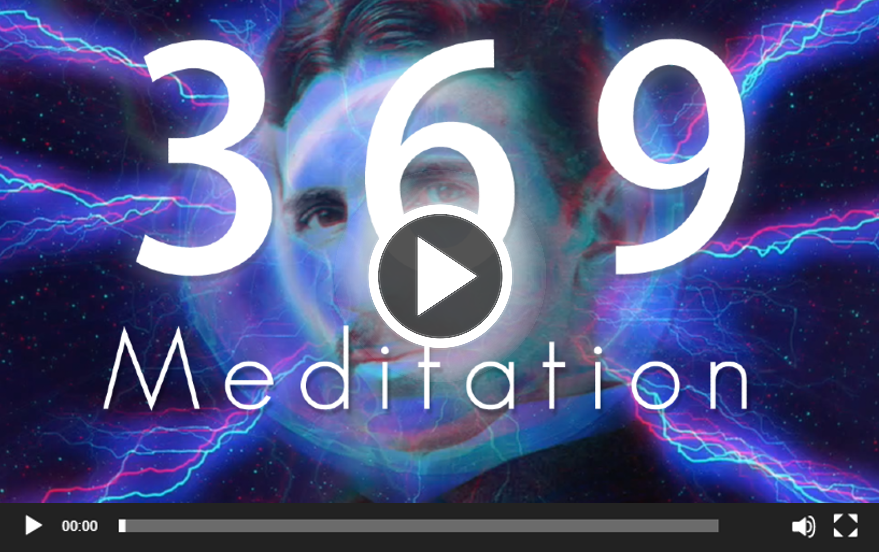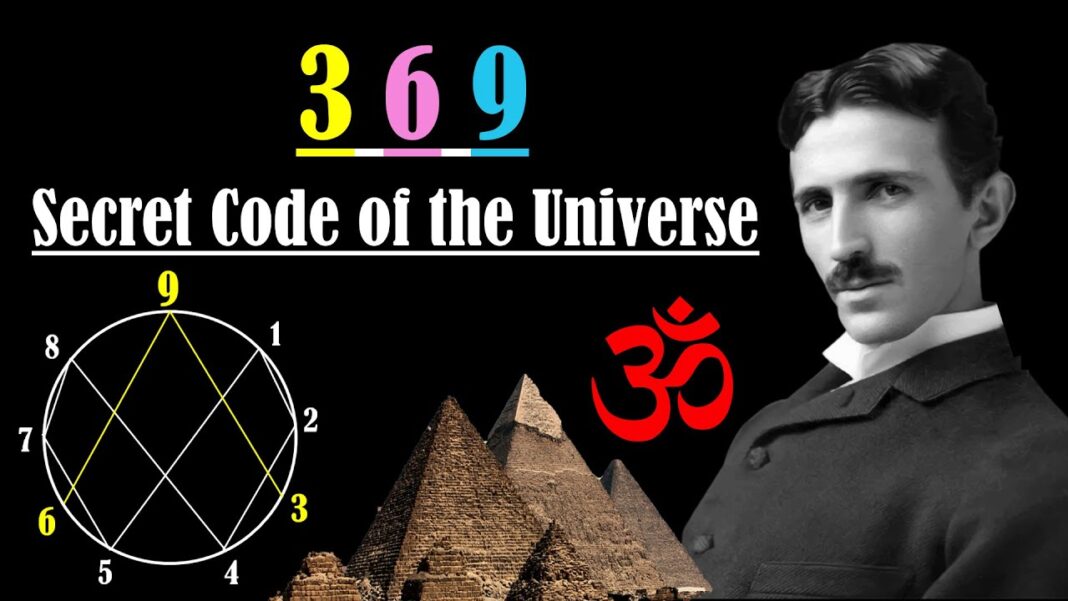Nikola Tesla, often hailed as one of the most brilliant minds in history, left behind a legacy filled with inventions, theories, and enigmatic statements. Among these, his fascination with the numbers 3, 6, and 9 stands out as particularly intriguing. Tesla is quoted as saying, “If you only knew the magnificence of the 3, 6, and 9, then you would have the key to the universe.” This statement has sparked curiosity and debate among scholars, scientists, and enthusiasts alike.
To delve into this mystery, it’s essential to understand Tesla’s view of the universe as fundamentally mathematical. Mathematics, in Tesla’s perspective, wasn’t just a tool for understanding the universe; it was the language of the universe itself. This view aligns with the idea that nature is inherently symmetrical and follows geometric patterns, observable in phenomena like the Fibonacci sequence and the golden ratio.
The concept of digital roots in mathematics offers an interesting insight into Tesla’s fascination with these numbers. In mathematics, the digital root of a number is the single-digit value obtained by repeatedly summing the digits of the number until only one digit remains. For instance, the digital root of 15 is 6 (since 1 + 5 = 6), and the digital root of 12345 is 6 as well (since 1 + 2 + 3 + 4 + 5 = 15, and then 1 + 5 = 6).
Must Watch! – How Tesla’s Secret 369 Code is Said to Harness the Universe’s True Power!

When we apply the concept of digital roots to natural sequences, such as the doubling sequence (1, 2, 4, 8, 16, 32, 64, 128, 256, …), a pattern emerges. The digital roots of these numbers form a repeating sequence of 1, 2, 4, 8, 7, and 5. Interestingly, the numbers 3, 6, and 9 are conspicuously absent from this sequence. This absence becomes even more intriguing when considering that the same pattern emerges whether numbers are doubled or halved.
Further exploration into the properties of these numbers reveals that starting a doubling or halving sequence with 3 or 6 results in a sequence that alternates between these two numbers, with 9 still absent. However, when the sequence begins with 9, every number in the sequence, regardless of doubling or halving, remains 9. This unique property of 9, to always return to itself, suggests a kind of mathematical dominance or control over other numbers.
Tesla’s interest in these numbers extends beyond their mathematical properties. He saw these numbers as fundamental to the structure and function of the universe. For example, when dividing a circle (which has 360 degrees) and adding the digits of the resulting angles, the digital root is always 9.

This pattern holds true regardless of how many times the circle is divided. The same is true for polygons; the sum of the interior angles of any polygon, when reduced to a digital root, is always 9. This consistency across different geometric shapes suggests a deeper, underlying mathematical principle at work.
Tesla’s fascination with the number 9 also intersects with concepts of time and space. The number 9 appears to be a constant in various natural and cosmic phenomena, suggesting a universality that transcends mere coincidence. In various cultures and religious beliefs, the number 9 holds significant symbolic meaning, often associated with completeness, finality, or the highest point in a cycle.
In conclusion, Tesla’s interest in the numbers 3, 6, and 9 is more than a mere numerical curiosity. It reflects a deeper understanding of the universe as an inherently mathematical construct, where these numbers play a crucial role.
Whether viewed through the lens of digital roots, geometry, or symbolic significance, these numbers offer a glimpse into the mathematical harmony that Tesla believed underpinned the cosmos.
While we may not yet fully grasp the “key to the universe” that Tesla alluded to, his insights continue to inspire and challenge our understanding of the natural world.
Important! – Unlock Tesla’s 369 Secrets with GESARA Teachings: The Path to Global Economic Revolution!





